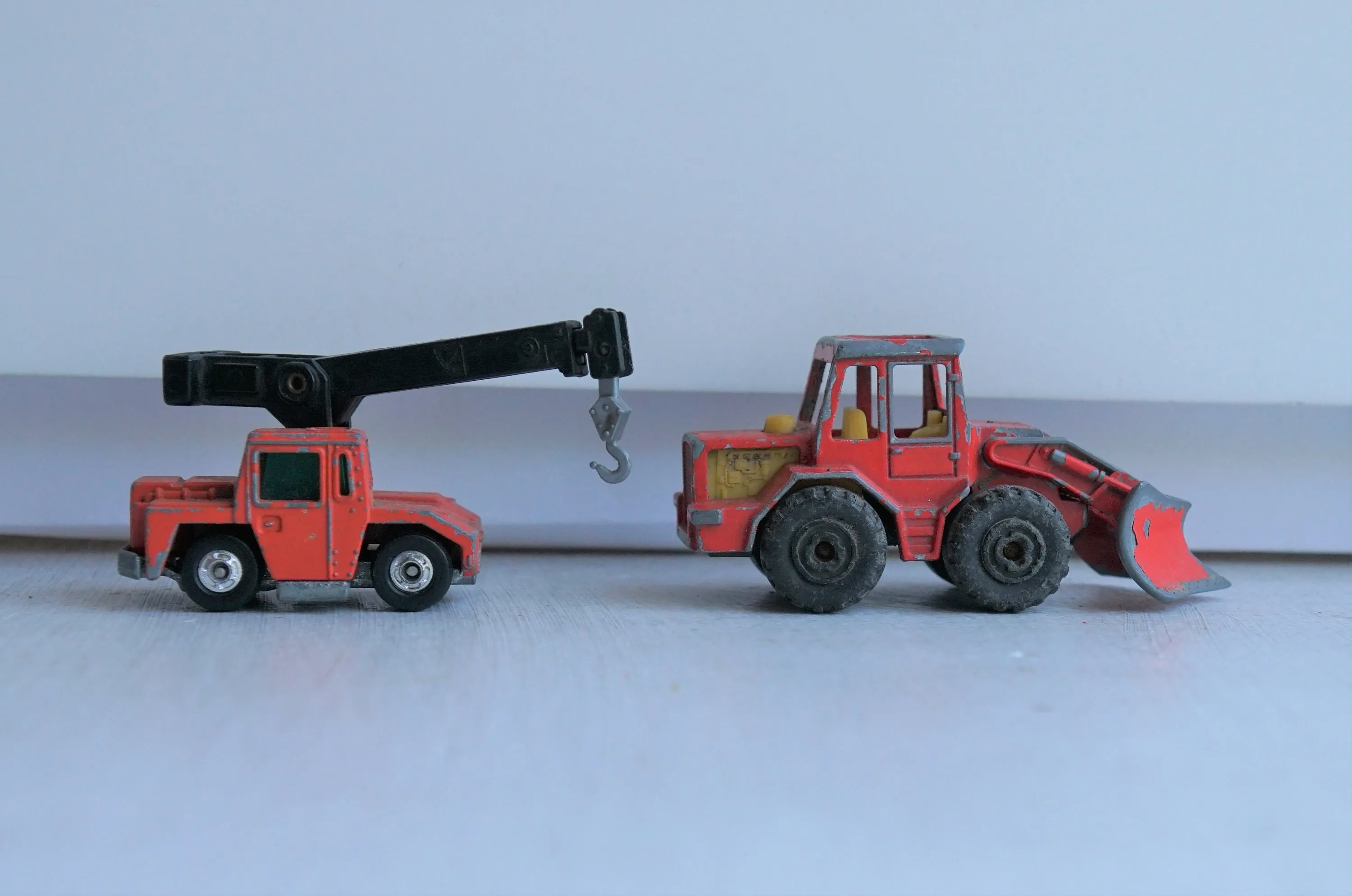Understanding Diecast Construction Toys
Diecast construction toys have captured the hearts of children and adults alike, offering a unique blend of building and collecting. These toys are typically made using the die-casting process, where molten metal (often zinc alloy) is poured into molds to create detailed and durable replicas of construction vehicles, buildings, and other structures. The term “diecast” refers to the manufacturing process itself, which results in a heavy, realistic feel and intricate detailing that distinguishes these toys from plastic alternatives. These toys come in various scales, ranging from miniature models to larger, more complex sets that can provide hours of engaging play. Their appeal extends beyond mere play, with many enthusiasts collecting these models as a hobby. The construction aspect encourages hands-on engagement, while the collectibility aspect fosters a sense of accomplishment and community among collectors.
Key Features to Consider Before Buying
Choosing the right diecast construction toy involves careful consideration of several key features to ensure satisfaction. Prioritizing these aspects will ensure that you choose a set that aligns with your needs and interests. Think about the age of the user. Consider the level of detail, scale, and the type of construction it offers. Quality matters. The best diecast toys offer a combination of durability, realistic design, and playability. It’s crucial to assess these key areas to make an informed decision and select a model that delivers lasting enjoyment and value.
Material and Durability
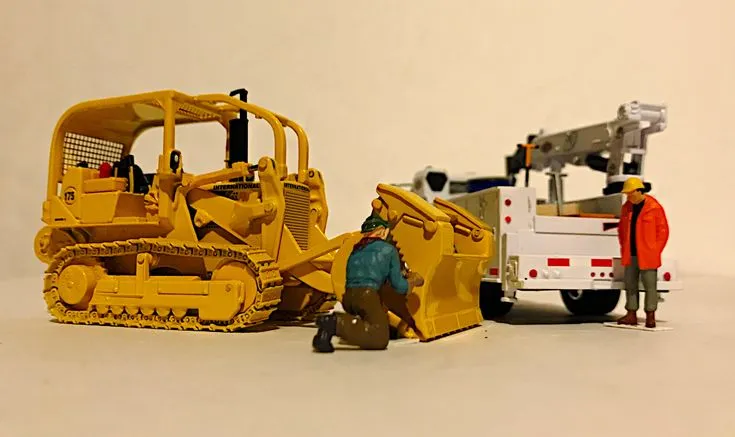
The material used in diecast construction toys significantly impacts their durability and longevity. High-quality models are primarily made from zinc alloy, which is die-cast into intricate forms. Zinc alloy provides substantial weight and a robust feel, making the toys resistant to damage from drops or rough handling. The weight also enhances the realism, providing a tactile experience similar to real-life construction vehicles. Additional materials, such as high-quality plastics for tires and other details, further contribute to the overall durability. The choice of materials is a key factor in ensuring that the toy withstands the rigors of play. Before purchasing, check the materials and consider the toy’s potential exposure to wear and tear.
Scale and Size
The scale and size of diecast construction toys vary widely, impacting play experience and display options. Common scales include 1:87 (HO scale), 1:50, and 1:24, with larger scales offering greater detail and visual impact. Smaller scales are ideal for intricate setups and are often preferred by collectors, while larger scales are suitable for younger children due to easier handling. Consider where the toys will be played with and stored. A larger scale may be cumbersome in a small space, whereas a smaller scale is easily manageable. Ensure the chosen scale aligns with other models in a collection or with available display space, creating a harmonious and visually appealing presentation.
Level of Detail and Realism
The level of detail and realism in diecast construction toys greatly enhances their appeal, contributing to their collectibility and play value. High-quality models boast intricate features like detailed engine components, realistic paint schemes, and accurate markings. These details not only make the toys visually appealing but also provide a more engaging and educational experience. Attention to realism includes accurate representations of vehicle interiors, functioning parts (such as moving arms on excavators), and detailed tires. These elements allow for immersive play. Assessing the level of detail helps to determine if the toy meets expectations. Look for precise designs and features to create a truly immersive and rewarding experience.
Brand Reputation and Reviews
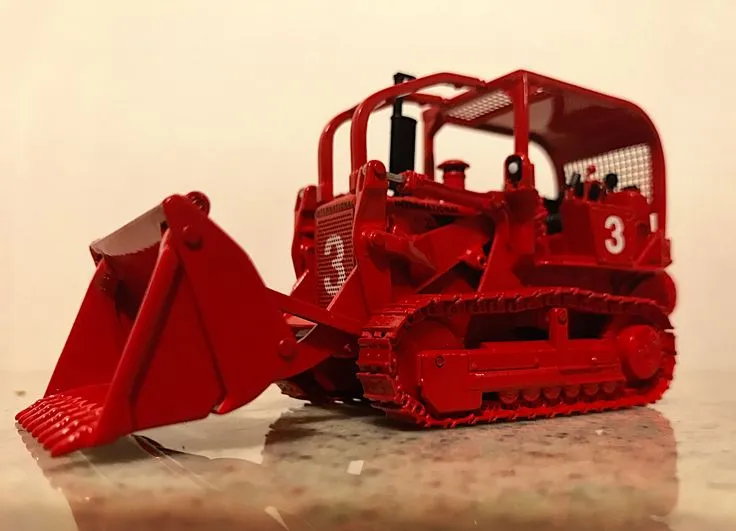
Brand reputation and customer reviews offer valuable insights into the quality and reliability of diecast construction toys. Established brands such as CAT, Bruder, and Tonka often have a history of producing high-quality, durable toys, which is reflected in customer feedback. Researching a brand’s reputation helps to gauge its commitment to quality and customer satisfaction. Read reviews from other buyers, as these provide firsthand accounts of the product’s durability, playability, and overall value. Check various online platforms and forums to gather a range of perspectives. Positive reviews and consistent feedback indicate a trustworthy brand, reducing the risk of disappointment and ensuring a satisfying purchase. A well-regarded brand is a good indicator of product quality and support.
Type of Construction
The type of construction offered by diecast toys significantly affects the play experience. Some models come pre-assembled, suitable for display or simple play. Others require assembly, providing a more engaging, hands-on experience. Sets with assembly components often include detailed instructions and can be a great way to enhance fine motor skills and spatial reasoning. Consider the desired level of engagement and complexity. Pre-assembled toys offer immediate play, while assembly kits provide a greater sense of accomplishment upon completion. Evaluate the complexity of the assembly and make sure it matches the user’s age and skill level. The construction type is a key factor in selecting a toy that provides enjoyment and a rewarding sense of accomplishment.
Benefits of Playing with Diecast Construction Toys
Diecast construction toys offer a range of benefits, contributing to children’s cognitive, physical, and social development. These toys provide an engaging way to learn and grow. The combination of building, imaginative play, and collecting makes them a valuable tool for kids. The skills and experiences gained can have a lasting impact on a child’s development.
Enhancing Fine Motor Skills
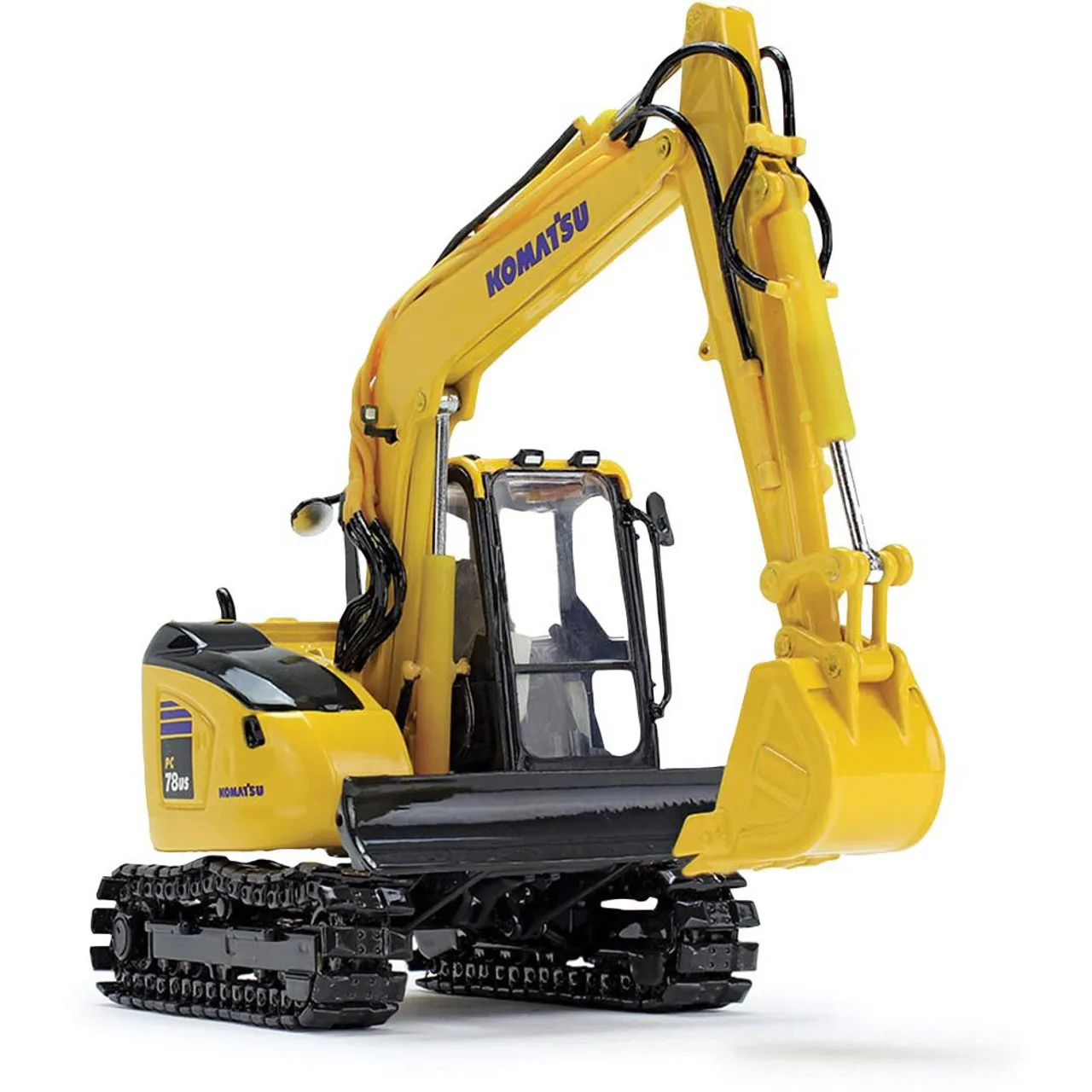
Playing with diecast construction toys significantly enhances fine motor skills. Manipulating small parts, assembling models, and operating moving features improves dexterity and hand-eye coordination. Building and assembling these toys require precise movements. Children learn to control their hand movements and develop a better understanding of spatial relationships. The repetitive actions of handling and assembling the toys strengthen finger muscles and improve overall manual dexterity. As children progress, they build more complex models. This process further refines their fine motor skills, contributing to their ability to perform everyday tasks and improving their overall physical development. This direct engagement with components has a positive impact.
Promoting Problem-Solving Abilities
Diecast construction toys promote problem-solving abilities by encouraging children to think critically and find solutions. When children build models, they often encounter challenges, such as incorrect part placement or assembly issues. These challenges prompt them to analyze the problem, consider different approaches, and test solutions. This process fosters a systematic approach to problem-solving. Working through these challenges enhances their ability to understand cause and effect. Children learn to troubleshoot and find creative solutions, which improves their critical thinking skills. They develop the ability to approach problems in a structured manner, identifying issues and implementing solutions.
Fostering Creativity and Imagination
Diecast construction toys are a powerful tool for fostering creativity and imagination. They encourage children to think outside the box and engage in imaginative play. Children can use the models in various scenarios, creating stories and scenarios that spark their imagination. The act of building itself allows children to explore different configurations. This process promotes creative thinking, allowing them to visualize new possibilities and develop innovative ideas. Constructing scenes, playing with the toys with others, and creating storylines encourage children to express themselves and develop their imagination.
Developing Spatial Reasoning
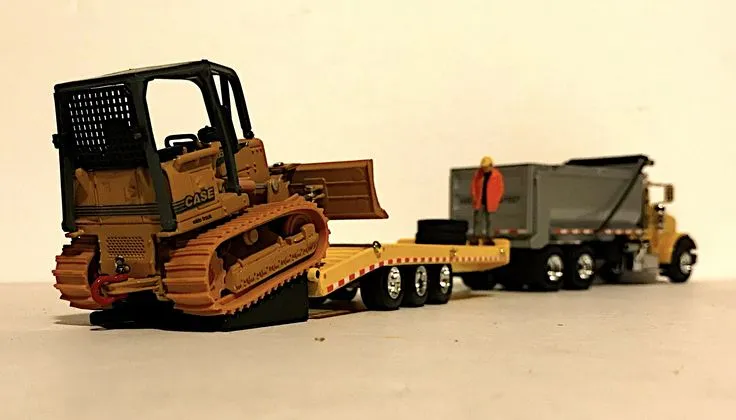
Diecast construction toys play a vital role in developing spatial reasoning skills. As children build models, they gain an understanding of spatial relationships, such as size, shape, and position. They learn to visualize how different parts fit together. The process involves understanding how objects interact in three dimensions. Children can then create and arrange them to build complex structures. The hands-on nature of the activity helps them to better understand spatial concepts. This understanding is crucial for a variety of tasks. Building and manipulating these toys enhances their ability to visualize and solve problems, enhancing their overall cognitive development.
Age Appropriateness and Safety
Selecting age-appropriate diecast construction toys and ensuring their safety are crucial aspects of responsible toy selection. It’s important to match the toy’s complexity and features to the child’s developmental stage. This approach prevents frustration and maximizes the toy’s educational and entertainment value. Careful consideration of the safety standards ensures that the toys meet the required guidelines. Both factors are essential in ensuring the child’s positive play experience.
Age Group Considerations
When choosing diecast construction toys, consider the age group for whom the toy is intended. For young children, opt for larger, simpler models with fewer small parts to minimize choking hazards. As children grow older, they can handle more complex sets. These often include smaller parts and more intricate designs. Consider the child’s developmental stage and their ability to follow instructions. For older children and adults, more complex and detailed models are appropriate. Always read the manufacturer’s recommended age range on the packaging, as this is a key indicator of safety and suitability. Ensuring the toy matches the child’s abilities prevents frustration and maximizes enjoyment.
Safety Standards and Certifications

Prioritize diecast construction toys that meet established safety standards and certifications. Look for certifications such as ASTM (American Society for Testing and Materials) or EN71 (European Standard for Toy Safety). These certifications ensure that the toys have undergone rigorous testing to meet safety standards. Ensure that the toy is free from toxic materials, such as lead and phthalates. Also, check for small parts. Small parts are a choking hazard. Regular checks on the toy’s condition are also important. These checks can identify potential safety issues before they cause harm. Prioritizing safety standards and certifications ensures the toys are safe for play.
Price and Value
When choosing diecast construction toys, it’s important to consider the price and value they offer. Price can vary significantly depending on factors such as brand, size, level of detail, and the number of pieces. While cost is a factor, the focus should be on the value provided by the toy. Consider the quality of the materials, the durability of the model, and the play experience. A well-made toy that provides lasting enjoyment and educational value offers better value than a cheaper, low-quality alternative. Assessing the toy’s longevity and its potential to keep the user entertained will help to determine if the purchase is a good value. Considering the value helps to make the most of your budget and ensure the best toy for your needs.
Where to Buy
Diecast construction toys are available through various channels. These include both online and brick-and-mortar stores. Selecting the right place to make your purchase can influence price, selection, and convenience. Explore options to make the purchase that best suits your needs.
Online Retailers
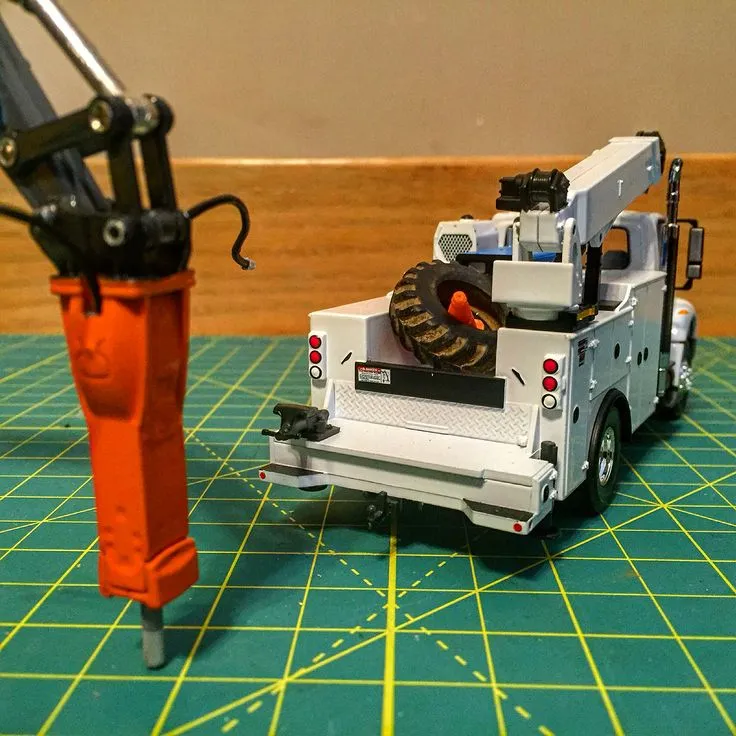
Online retailers provide convenience, wide selection, and competitive pricing. Platforms like Amazon, eBay, and specialized toy websites offer a vast range of diecast construction toys. Online shopping allows you to compare prices, read customer reviews, and easily access detailed product information. Many online retailers also offer free shipping and returns. This makes it easier to try out new toys without the risk of a poor experience. Explore the range of products and the ease of shopping to make the most of your purchase. Checking the return policies before making a purchase can also be valuable.
Specialty Toy Stores
Specialty toy stores often provide a curated selection, expert advice, and a hands-on shopping experience. These stores typically focus on high-quality toys and offer a more personal touch. In-store, you can see the toys up close, inspect the details, and even get a feel for the weight and quality. Staff can offer expert advice, helping to guide you through the selection process. Specialty stores are often staffed with knowledgeable employees who can provide valuable insights and recommendations. Shopping locally supports small businesses and allows for a unique experience. Whether you visit in person or through their online sites, specialty stores offer many benefits.
Collecting and Displaying Diecast Construction Toys
Collecting and displaying diecast construction toys can be a rewarding hobby. This hobby is more than just a way to pass the time. It also provides the opportunity to create a visually appealing display of your collection. Consider these strategies to ensure your collection is displayed beautifully and preserved for future enjoyment.
Storing and Displaying Your Collection
Proper storage and display of diecast construction toys are crucial for their preservation and visual appeal. Choose display cases or shelves that protect from dust and direct sunlight, which can cause fading. Consider the layout of the display. Group models by brand, scale, or type of vehicle for a cohesive look. Use lighting to highlight the details and enhance the visual impact. Keep the display organized and clean. This allows you to easily appreciate and showcase your collection. Rotating your display can also keep the display fresh and interesting, allowing you to enjoy different aspects of your collection. Organize and arrange the display to make the most of your collection.
Maintaining and Cleaning Your Toys
Regular maintenance and cleaning are essential for preserving the value and appearance of your diecast construction toys. Dust your toys regularly with a soft cloth or a brush. Avoid using harsh chemicals or abrasive cleaners, as these can damage the paint and finish. Use mild soap and water to clean away any dirt or grime. Be sure to dry your toys thoroughly after cleaning to prevent rust or corrosion. Store your toys in a dry environment to prevent moisture-related damage. Regular maintenance and cleaning will keep your toys looking their best for years to come. This maintenance is a key part of caring for your collection.
Conclusion
Choosing the best diecast construction toys involves carefully considering various factors, from material and durability to age appropriateness and price. By understanding the key features and benefits these toys offer, you can make an informed decision. Diecast construction toys are more than just toys. They offer cognitive, physical, and social development, promoting problem-solving, creativity, and spatial reasoning skills. Whether for play or collecting, the right diecast construction toys can provide lasting enjoyment and value. Happy building!
